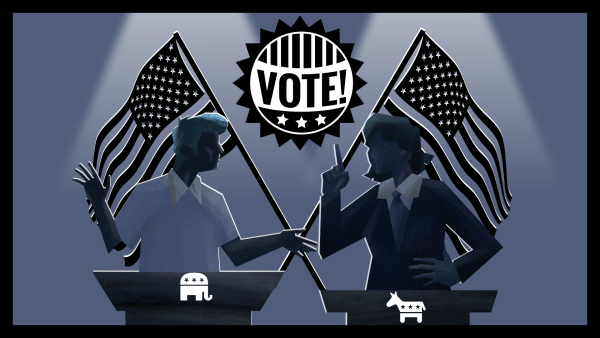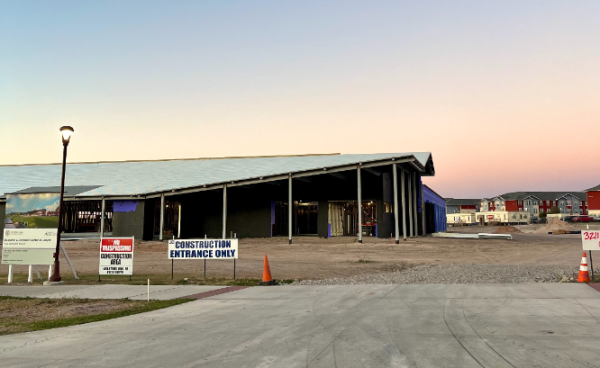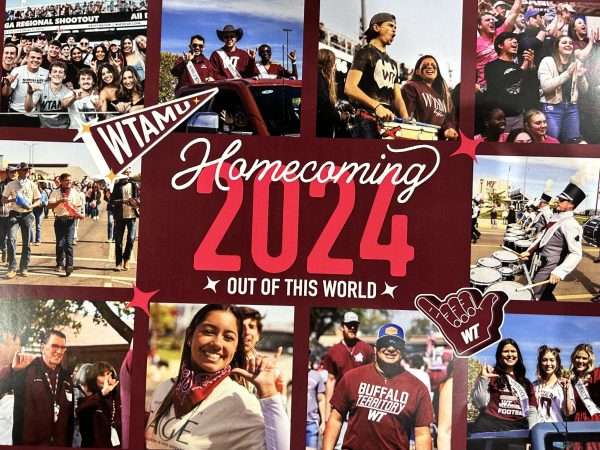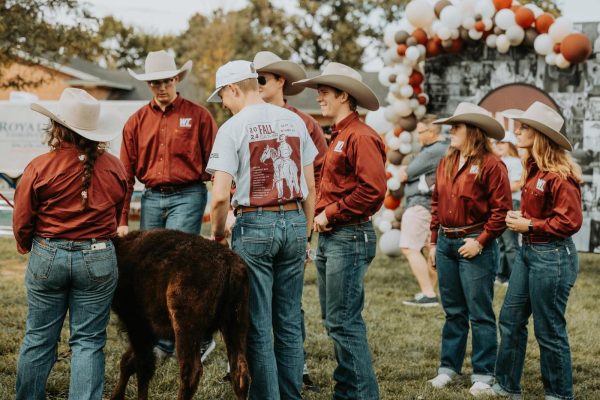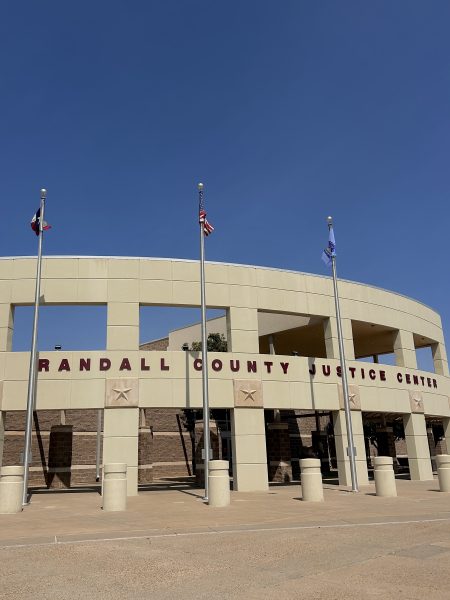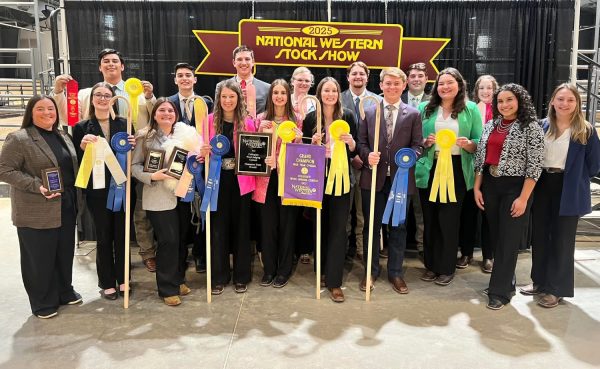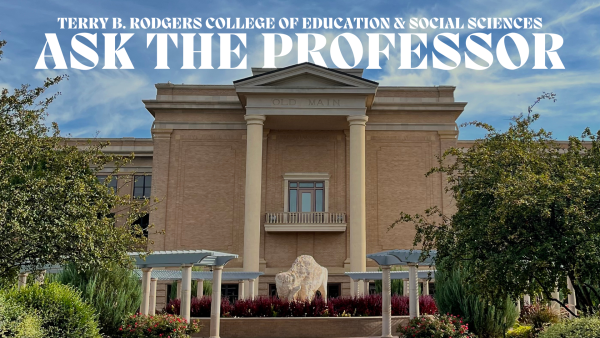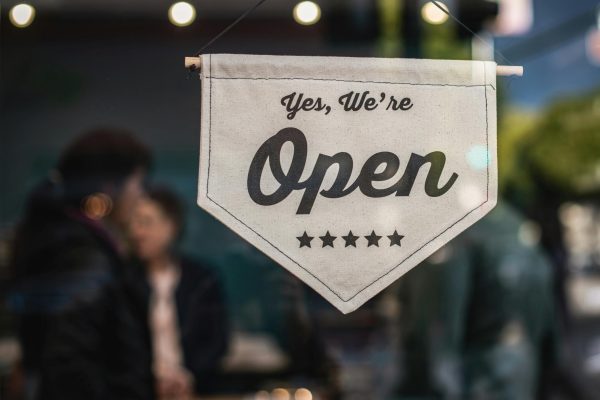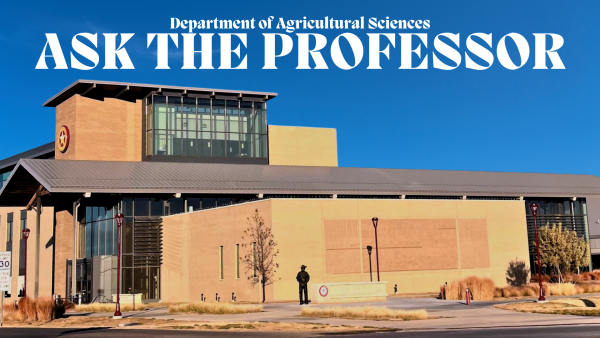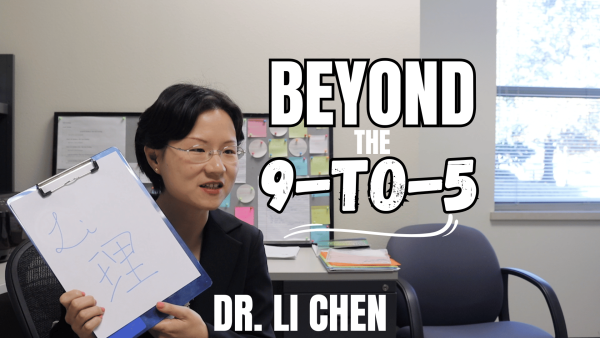Artifacts COMM Alive during Family Weekend at the Panhandle Plains Historical Museum
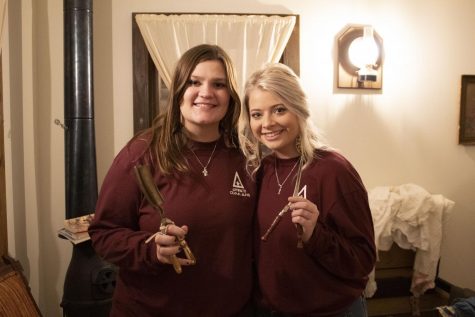
Artifacts COMM Alive is an event that takes place every fall during West Texas A&M University’s Family Weekend in which students present an artifact to the public.
“Of the selection, [the curling iron] was the most relevant to us and we thought it would be the most interesting to actually research because we had to do research so it would be the most interesting and you could gain the most knowledge with something that we use every day,” said Vendie Endres, freshman advertising and public relations major.
As part of a project for basic speech, students choose from 15 artifacts to research and create a brief presentation. These students, typically freshman communication majors, then present their research to the public with their artifact of choice at the Panhandle Plains Historical Museum. This event was to serve as “a blast to the past” and placed “history at your fingertips”.
“So it makes us appreciate where we’re at now, but it also makes us grateful to see where we started and just the history behind it and learning to use it and just everything about it. So we’ve had a really fun time researching it,” said Cassidy Schneider, freshman agricultural media and communications major.
One artifact presented was early models of the curling iron. Endres and Schneider’s group also included freshmen and agricultural media and communications major Addison Royal, The group conducted research on the artifact and presented the information to patrons as they explored the museum. They explained the significance of the curling iron and how the device came into fruition.
“Application of communication theory and practice to public speaking context, with emphasis on audience analysis, speaker delivery, ethics of communication, cultural diversity, and speech organizational techniques to develop students’ speaking abilities,” the course description for Basic Speech, COMM 1315.
The class is taught by Paula Shlegel, associate lecturer for the Department of Communication. Shlegel organizes and hosts the event every year as a way to help students further their communication and speech skills. The class is also taught by other communication faculty such as Assistant Professor Lacy Cannon, Program Manager Victoria Salas and part-time instructors Paula Albarran, Audry Palmer, Pamela Bohannan and Heather Goheen with online sections taught by Adjunct Instructor Vanessa Dirksmeyer.
“This gift [$6 million grant in 1986 from the Don and Sybil B. Harrington Foundation] and the resulting expansion [75,000 square-foot structure to connect the existing museum and the former WTSU library] made PPHM the largest history museum in Texas, with more than 285,000 square feet—and over two million artifacts—dedicated to preserving this area’s past,” posted on the PPHM website history page at panhandleplains.org.
This event provides an interactive experience for the public and families that are visiting students and gives them a “one-of-a-kind” look at artifacts from the history of the panhandle. Artifacts COMM Alive also serves as a way for the Panhandle Plains Historical Museum to gain more visitors and become more well known to the public eye.



